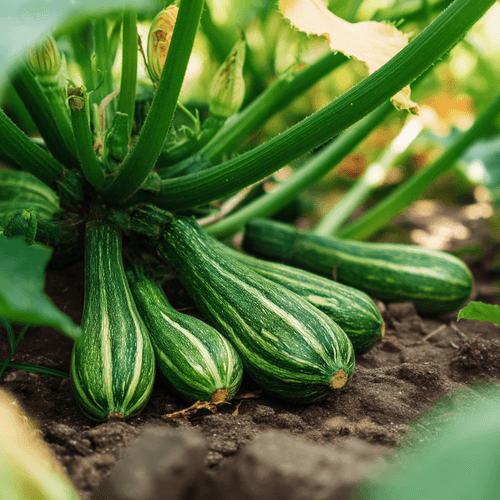Did you know ?
- 1 Zucchini is technically a fruit, though it's used as a vegetable in cooking.
- 2 The zucchini flower is also edible and is considered a delicacy.
- 3 The world's largest zucchini was over 8 feet long !.

Zucchini is a type of summer squash known for its mild flavor and versatility in cooking. It’s rich in vitamins, minerals, and antioxidants, and can be eaten raw, grilled, baked, or sautéed.
Did you know ?
View other Fruit vegetables
Nutrition
| Calories | 33 kcal |
| Proteins | 2.4g |
| Carbohydrates | 6.1g |
| of which sugars | 1.5g |
| Fiber | 2g |
| Fats | 0.6g |
Ripeness
Selection
Storage and ripening
Zucchinis don't really 'ripen' off the vine, but here's how to improve their quality :
Health
Origin
Zucchini originated in Central America and Mexico, but was developed into its modern form in Italy. It was introduced to the United States in the 1920s and has since become a popular vegetable worldwide.
Recipes
Gallery
There is no images yet. Submit one now to contribute to the gallery !
F.A.Q
Warnings
Longer, thinner, and has a crisper texture and different flavor.
Disc-shaped, often smaller, and can be a variety of colors, with a slightly different taste.
Larger, oblong shape, and the flesh separates into spaghetti-like strands when cooked.